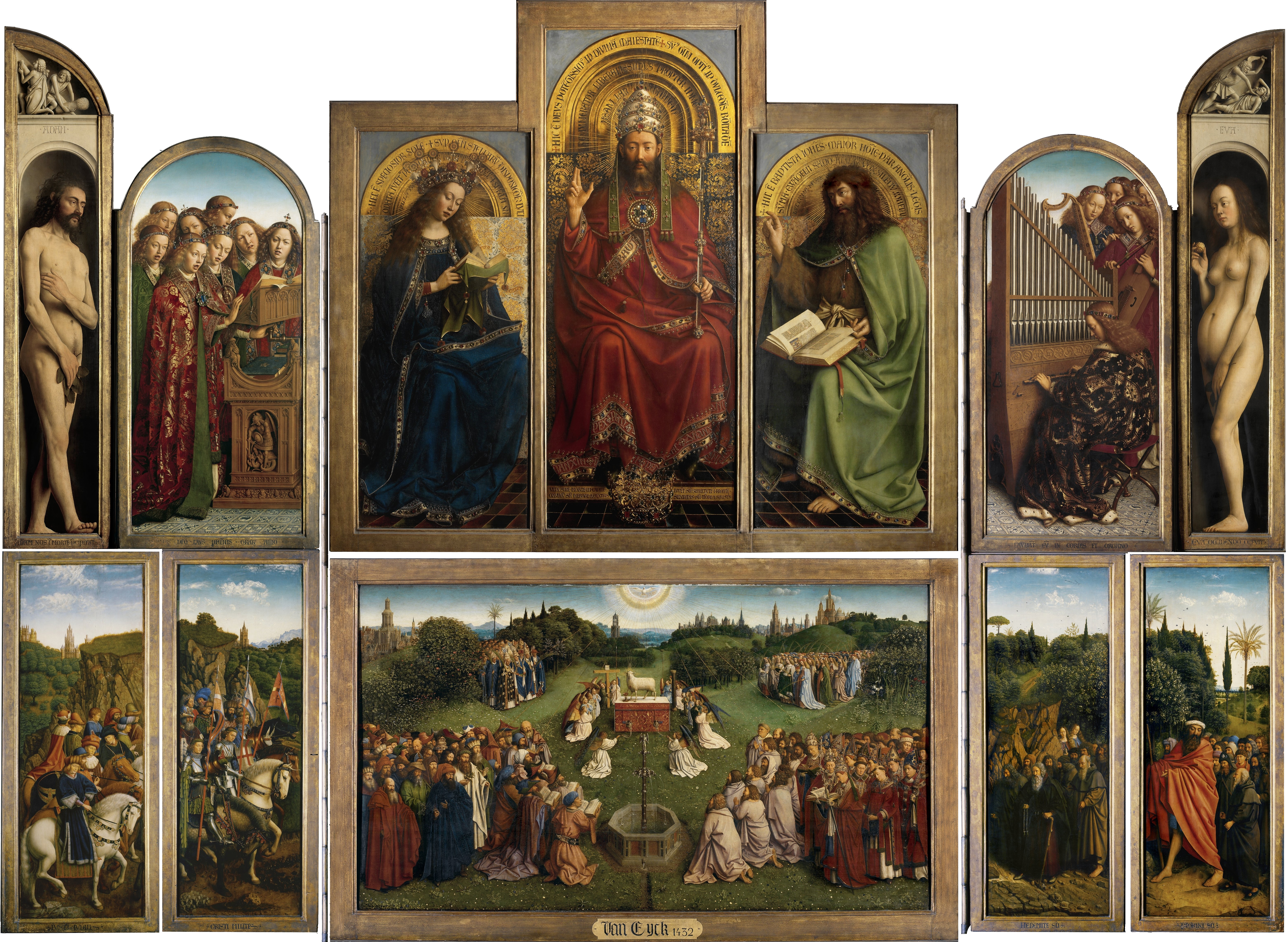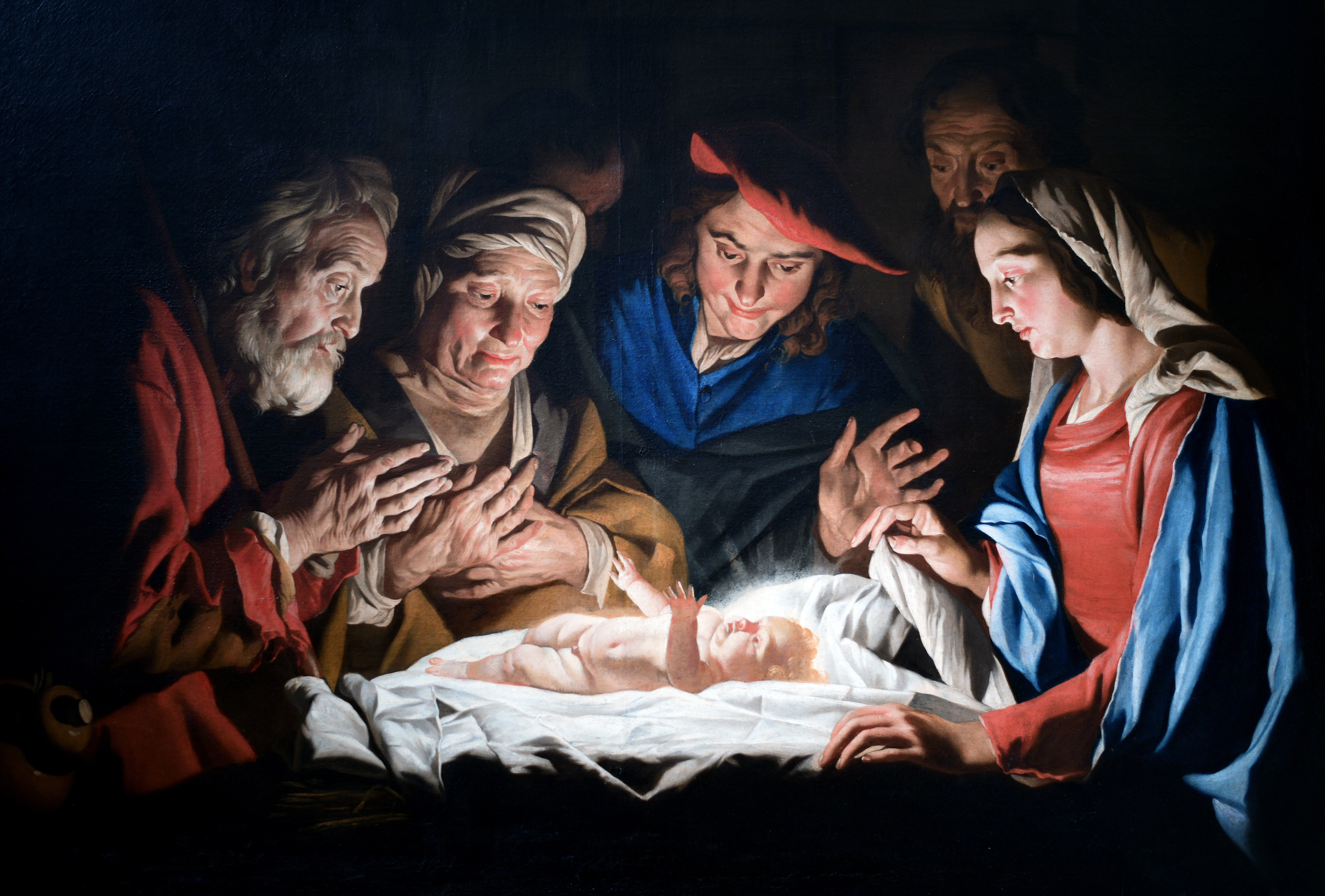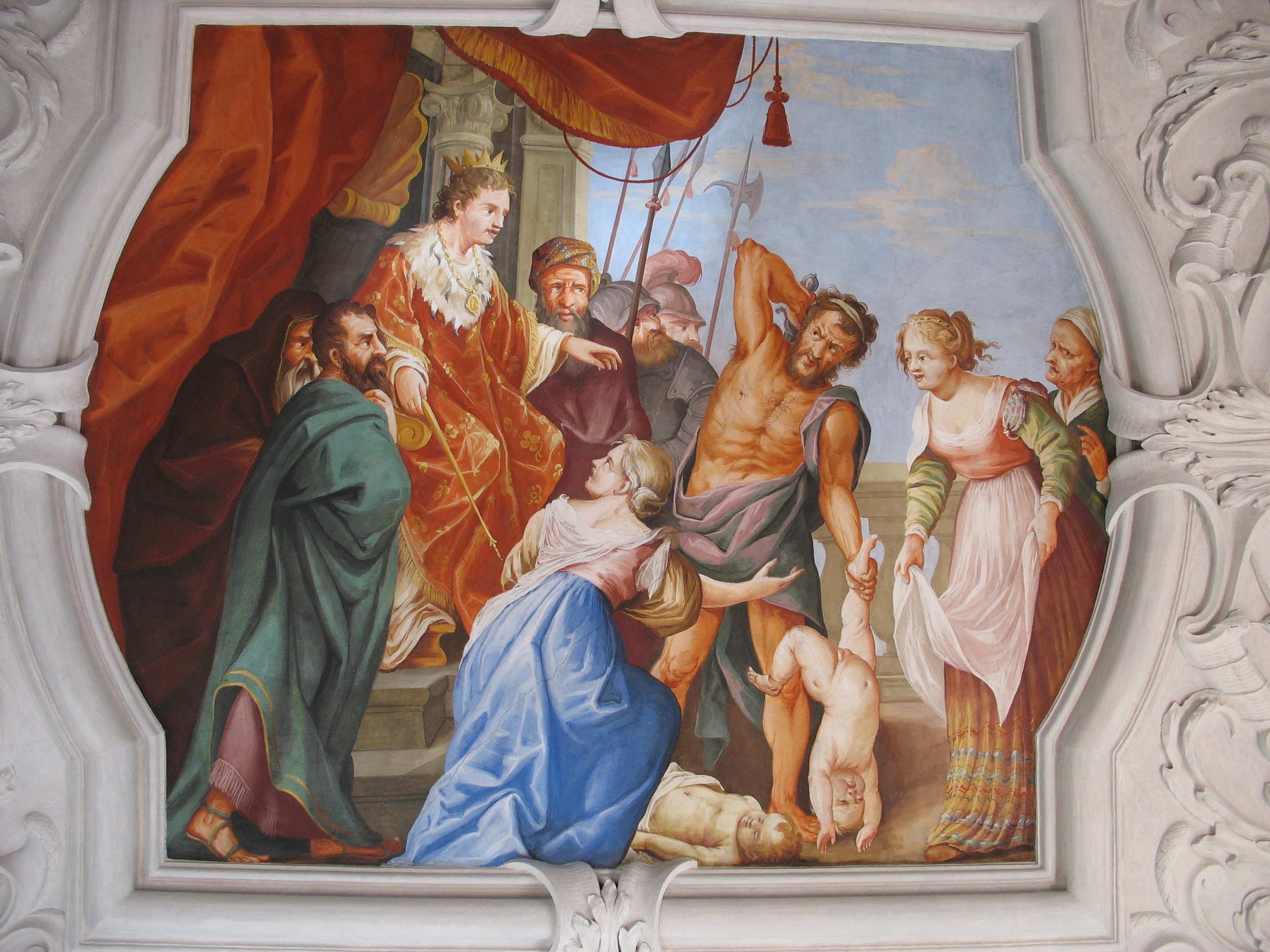|
Bollerup Church
Bollerup Church ( sv, Bollerups kyrka) is a medieval Lutheran church located some 7 km (4 mi) southwest of Tomelilla in southern Sweden, in the close vicinity of Bollerup Castle. It belongs to the Diocese of Lund of the Church of Sweden. History and architecture The church was originally dedicated to St Peter. The west end of the church and its round tower, both in limestone, were probably built in the 12th century at the same time as nearby Bollerup Castle. It is one of four surviving churches with round towers in Scania, the others being Blentarp, Hammarlunda and Hammarlöv. Unlike the church itself, the tower has a high socle. The original north and south doors no longer exist. In 1649, Ida Skeek til Bollerup built a burial chapel to the east for the Rantzau family. A transept was added in 1869."Bollerup kirke" ... [...More Info...] [...Related Items...] OR: [Wikipedia] [Google] [Baidu] |
Swedish Language
Swedish ( ) is a North Germanic language spoken predominantly in Sweden and in parts of Finland. It has at least 10 million native speakers, the fourth most spoken Germanic language and the first among any other of its type in the Nordic countries overall. Swedish, like the other Nordic languages, is a descendant of Old Norse, the common language of the Germanic peoples living in Scandinavia during the Viking Era. It is largely mutually intelligible with Norwegian and Danish, although the degree of mutual intelligibility is largely dependent on the dialect and accent of the speaker. Written Norwegian and Danish are usually more easily understood by Swedish speakers than the spoken languages, due to the differences in tone, accent, and intonation. Standard Swedish, spoken by most Swedes, is the national language that evolved from the Central Swedish dialects in the 19th century and was well established by the beginning of the 20th century. While distinct regional v ... [...More Info...] [...Related Items...] OR: [Wikipedia] [Google] [Baidu] |
Altarpiece
An altarpiece is an artwork such as a painting, sculpture or relief representing a religious subject made for placing at the back of or behind the altar of a Christian church. Though most commonly used for a single work of art such as a painting or sculpture, or a set of them, the word can also be used of the whole ensemble behind an altar, otherwise known as a reredos, including what is often an elaborate frame for the central image or images. Altarpieces were one of the most important products of Christian art especially from the late Middle Ages to the era of the Counter-Reformation. Many altarpieces have been removed from their church settings, and often from their elaborate sculpted frameworks, and are displayed as more simply framed paintings in museums and elsewhere. History Origins and early development Altarpieces seem to have begun to be used during the 11th century, with the possible exception of a few earlier examples. The reasons and forces that led to the develo ... [...More Info...] [...Related Items...] OR: [Wikipedia] [Google] [Baidu] |
12th-century Churches In Sweden
1 (one, unit, unity) is a number representing a single or the only entity. 1 is also a numerical digit and represents a single unit of counting or measurement. For example, a line segment of ''unit length'' is a line segment of length 1. In conventions of sign where zero is considered neither positive nor negative, 1 is the first and smallest positive integer. It is also sometimes considered the first of the infinite sequence of natural numbers, followed by 2, although by other definitions 1 is the second natural number, following 0. The fundamental mathematical property of 1 is to be a multiplicative identity, meaning that any number multiplied by 1 equals the same number. Most if not all properties of 1 can be deduced from this. In advanced mathematics, a multiplicative identity is often denoted 1, even if it is not a number. 1 is by convention not considered a prime number; this was not universally accepted until the mid-20th century. Additionally, 1 is the ... [...More Info...] [...Related Items...] OR: [Wikipedia] [Google] [Baidu] |
List Of Church Murals In Sweden
This is a list of church murals in Sweden which are also referred to as ceiling paintings, wall paintings or sometimes church frescos. In Swedish, they are usually called ''kalkmålningar'' (lime paintings) ''takmålningar'' (ceiling paintings) or ''väggmålningar'' (wall paintings). The list is far from complete. Please feel free to add to it, either with new entries or additional details in regard to the existing entries. The list References External links *{{commons category-inline, Church murals in SwedenMedeltidens bildvärld [The world of images of the Middle Ages], a database with searchable photos of i.a. church murals, run by the Swedish History Museum (in Swedish) Church frescos in Sweden, * Sweden religion-related lists, church frescos ... [...More Info...] [...Related Items...] OR: [Wikipedia] [Google] [Baidu] |
Nativity Of Jesus
The nativity of Jesus, nativity of Christ, birth of Jesus or birth of Christ is described in the biblical gospels of Luke and Matthew. The two accounts agree that Jesus was born in Bethlehem in Judaea, his mother Mary was engaged to a man named Joseph, who was descended from King David and was not his biological father, and that his birth was caused by divine intervention. Many modern scholars consider the birth narratives unhistorical because they are laced with theology and present two different accounts which cannot be harmonised into a single coherent narrative. But many others view the discussion of historicity as secondary, given that gospels were primarily written as theological documents rather than chronological timelines. The nativity is the basis for the Christian holiday of Christmas, and plays a major role in the Christian liturgical year. Many Christians traditionally display small manger scenes depicting the nativity in their homes, or attend nativit ... [...More Info...] [...Related Items...] OR: [Wikipedia] [Google] [Baidu] |
Judgment Of Solomon
The Judgement of Solomon is a story from the Hebrew Bible in which Solomon ruled between two women both claiming to be the mother of a child. Solomon revealed their true feelings and relationship to the child by suggesting the baby be cut in two, each woman to receive half. With this strategy, he was able to discern the non-mother as the woman who entirely approved of this proposal, while the actual mother begged that the sword might be sheathed and the child committed to the care of her rival. Some consider this approach to justice an archetypal example of an impartial judge displaying wisdom in making a ruling. Biblical narrative recounts that two mothers living in the same house, each the mother of an infant son, came to Solomon. One of the babies had been smothered, and each claimed the remaining boy as her own. Calling for a sword, Solomon declared his judgment: the baby would be cut in two, each woman to receive half. One mother did not contest the ruling, declaring th ... [...More Info...] [...Related Items...] OR: [Wikipedia] [Google] [Baidu] |
John The Baptist
John the Baptist or , , or , ;Wetterau, Bruce. ''World history''. New York: Henry Holt and Company. 1994. syc, ܝܘܿܚܲܢܵܢ ܡܲܥܡܕ݂ܵܢܵܐ, Yoḥanān Maʿmḏānā; he, יוחנן המטביל, Yohanān HaMatbil; la, Ioannes Baptista; cop, ⲓⲱⲁⲛⲛⲏⲥ ⲡⲓⲡⲣⲟⲇⲣⲟⲙⲟⲥ or ; ar, يوحنا المعمدان; myz, ࡉࡅࡄࡀࡍࡀ ࡌࡀࡑࡁࡀࡍࡀ, Iuhana Maṣbana. The name "John" is the Anglicized form, via French, Latin and then Greek, of the Hebrew, "Yochanan", which means "God in Christianity, YHWH is gracious"., group="note" ( – ) was a mission preacher active in the area of Jordan River in the early 1st century AD. He is also known as John the Forerunner in Christianity, John the Immerser in some Baptists, Baptist Christianity, Christian traditions, and John the Baptist in Islam, Prophet Yahya in Islam. He is sometimes alternatively referred to as John the Baptiser. John is mentioned by the History of the Jews in the Roman ... [...More Info...] [...Related Items...] OR: [Wikipedia] [Google] [Baidu] |
Virgin Mary
Mary; arc, ܡܪܝܡ, translit=Mariam; ar, مريم, translit=Maryam; grc, Μαρία, translit=María; la, Maria; cop, Ⲙⲁⲣⲓⲁ, translit=Maria was a first-century Jews, Jewish woman of Nazareth, the wife of Saint Joseph, Joseph and the mother of Jesus. She is a central figure of Christianity, venerated under titles of Mary, various titles such as virgin or queen, many of them mentioned in the Litany of Loreto. The Eastern Orthodox Church, Eastern and Oriental Orthodox, Church of the East, Catholic, Anglican, and Lutheran churches believe that Mary, as mother of Jesus, is the Theotokos, Mother of God. Other Protestant views on Mary vary, with some holding her to have considerably lesser status. The New Testament of the Holy Bible, Bible provides the earliest documented references to Mary by name, mainly in the canonical Gospels. She is described as a young virgin who was chosen by God in Christianity, God to annunciation, conceive Jesus through the Holy Spirit ... [...More Info...] [...Related Items...] OR: [Wikipedia] [Google] [Baidu] |
Christ
Jesus, likely from he, יֵשׁוּעַ, translit=Yēšūaʿ, label= Hebrew/Aramaic ( AD 30 or 33), also referred to as Jesus Christ or Jesus of Nazareth (among other names and titles), was a first-century Jewish preacher and religious leader; he is the central figure of Christianity, the world's largest religion. Most Christians believe he is the incarnation of God the Son and the awaited Messiah (the Christ) prophesied in the Hebrew Bible. Virtually all modern scholars of antiquity agree that Jesus existed historically. Research into the historical Jesus has yielded some uncertainty on the historical reliability of the Gospels and on how closely the Jesus portrayed in the New Testament reflects the historical Jesus, as the only detailed records of Jesus' life are contained in the Gospels. Jesus was a Galilean Jew who was circumcised, was baptized by John the Baptist, began his own ministry and was often referred to as "rabbi". Jesus debated with fe ... [...More Info...] [...Related Items...] OR: [Wikipedia] [Google] [Baidu] |
Pope Sixtus IV
Pope Sixtus IV ( it, Sisto IV: 21 July 1414 – 12 August 1484), born Francesco della Rovere, was head of the Catholic Church and ruler of the Papal States from 9 August 1471 to his death in August 1484. His accomplishments as pope included the construction of the Sistine Chapel and the creation of the Vatican Library. A patron of the arts, he brought together the group of artists who ushered the Early Renaissance into Rome with the first masterpieces of the city's new artistic age. Sixtus founded the Spanish Inquisition through the bull ''Exigit sincerae devotionis affectus'' (1478), and he annulled the decrees of the Council of Constance. He was noted for his nepotism and was personally involved in the infamous Pazzi conspiracy. Early life Francesco was born to a family of modest means from Liguria, Italy, the son of Leonardo della Rovere and Luchina Monleoni. He was born in Celle Ligure, a town near Savona. As a young man, Della Rovere joined the Franciscan Order, a ... [...More Info...] [...Related Items...] OR: [Wikipedia] [Google] [Baidu] |
Christian I Of Denmark
Christian I (February 1426 – 21 May 1481) was a Scandinavian monarch under the Kalmar Union. He was king of Denmark (1448–1481), Norway (1450–1481) and Sweden (1457–1464). From 1460 to 1481, he was also duke of Schleswig (within Denmark) and count (after 1474, duke) of Holstein (within the Holy Roman Empire). He was the first king of the House of Oldenburg. In the power vacuum that arose following the death of King Christopher of Bavaria (1416–1448) without a direct heir, Sweden elected Charles VIII of Sweden (14081470) king with the intent to reestablish the union under a Swedish king. Charles was elected king of Norway in the following year. However the counts of Holstein made the Danish Privy Council appoint Christian as king of Denmark. His subsequent accessions to the thrones of Norway (in 1450) and Sweden (in 1457), restored the unity of the Kalmar Union for a short period. In 1463, Sweden broke away from the union and Christian's attempt at a reconquest ... [...More Info...] [...Related Items...] OR: [Wikipedia] [Google] [Baidu] |
Church Murals In Sweden
Church murals or church wall paintings are mostly medieval paintings found in several Swedish churches. They usually adorn the vaults or walls of the buildings. In Swedish they are sometimes referred to as ''kalkmålningar'', literally "lime paintings", since they were often painted using lime as the binding medium for the paint. The earliest church murals in Sweden date from the first decades of the 12th century and are Romanesque in style. The majority of these are found in the southern part of Sweden, where they were commissioned by members of the royalty and nobility of the time. They all have certain iconographic similarities, and for the most part, show stylistic influences from contemporary art in what is now Germany. While it is assumed that the artists who painted the murals were well-educated, and the first of them foreigners, virtually nothing is known about their identities. Around 1250, there was a stylistic shift towards Gothic that saw lighter and more airy com ... [...More Info...] [...Related Items...] OR: [Wikipedia] [Google] [Baidu] |









